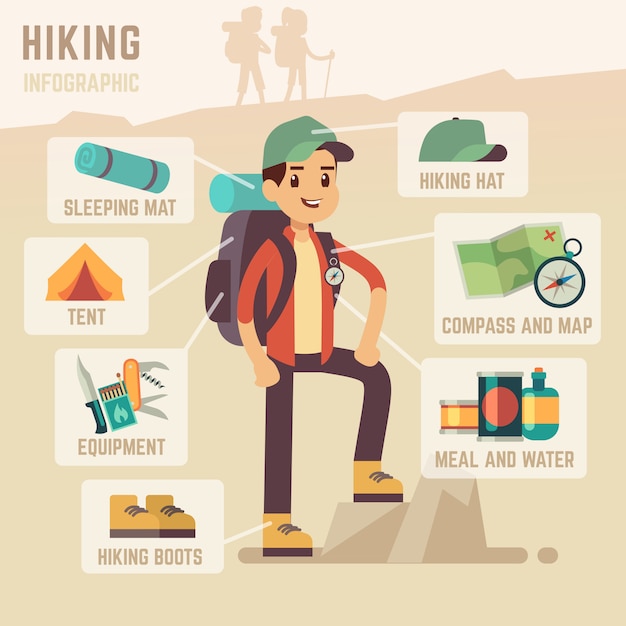Using Effective Online Camping Tents Company Marketing To Sell Camping Tents
Using Effective Online Camping Tents Company Marketing To Sell Camping Tents
Blog Article
Exactly How Important Are Camping Tent Footprints/Ground Cover?
Camping tent footprints are an excellent means to shield your tent flooring from abrasions and expand its useful life. Mostly all equipment makers supply their very own brand-specific impacts that are created to match their certain camping tent designs.
Do canvas tents shrink?
This customized strategy supplies convenience of arrangement and decreases the threat of rainwater seeping in through the seams.
What are they?
Tent impacts (additionally called outdoor tents ground sheets or under camping tent pads) supply a layer of security between the base of your outdoor tents and the exterior setting. They secure your camping tent from sharp items, moisture, and abrasive surface areas.
A lot of camping tent manufacturers offer their very own top quality impacts developed to fit seamlessly with their designated sanctuary versions. Nonetheless, these are normally costly and relatively heavy contrasted to do it yourself choices like Polycryo or Tyvek.
Footprints are generally made from durable, water-proof products such as polyurethane, nylon or silnylon. For ultralight backpackers looking for to reduce pack weight, there are likewise light-weight, high-strength choices made from Cuben Fiber (Dyneema). It is essential to pick an impact that's slightly smaller sized than your outdoor tents to avoid rainwater from trickling down the sides of your shelter and funneling below you while you rest-- no one wants to awaken in a pool! A footprint is a worthwhile enhancement to any type of camping trip. It helps make certain a lengthy life-span for your camping tent while adding convenience and comfort.
Exactly how vital are they?
Camping tent footprints shield the base of your camping tent from abrasion and moisture, aiding to extend its lifespan. They're generally made from waterproof and dirt-resistant products like polyethylene or a light-weight oxford polyester, though the denier of the fabric will certainly differ (the higher the denier number, the thicker and burlier).
The majority of impacts are made to precisely match the form of your camping tent's floor, which aids minimize product waste. Lots of have grommets or loops whereby you can weave guylines for tension and risks, guaranteeing that the impact is safely held down.
If you camp in harsh terrain or locations where there's a lot of downed branches and sharp rocks, a camping tent impact is well worth the added weight and mass. However if you regularly camp in dry, sandy or rough conditions, an impact may be overkill. A tarpaulin is a far better choice in that instance.
Do you generally load one?
If you're camping on an extremely flat surface where rocks and sticks aren't an issue, a camping tent footprint most likely isn't necessary. If you remain in the backcountry with a lot of harsh terrain, an impact can make life much easier.
Footprints are generally sized somewhat smaller than the base of the camping tent. That's due to the fact that a larger impact would capture rain and channel it under the tent, where you can wake up in a pool.
However, footprints can be pricey and heavy if you purchase one from the supplier of your outdoor tents (the Big Agnes Tiger Wall surface UL 2 footprint, for example, costs $70 and considers six ounces). You can save money and weight by making your very own DIY impact by cutting a piece of Tyvek or various other water-proof fabric to the specific dimensions of your sanctuary. You can even include grommets for easy accessory. The main advantage of an impact is that it assists to protect the flooring of your backpacking tent from rough components such as rocks and twigs.
Just how nice tents do you keep them clean up?
A supplier's footprint can include considerable weight to your sanctuary system and if you're an ultralight backpacker trying to save every ounce, it could not be worth it. Because of this, many backpackers will make use of a DIY groundsheet that's constructed of something like Tyvek or Polycryo and cut it to size for their outdoor tents footprint.
This alternative is relatively affordable and will safeguard your outdoor tents from moisture, rocks, thorns, sticks, and so on, while additionally helping to maintain the bottom of your outdoor tents dry.
If you do choose to buy an impact, be sure it's developed particularly for your certain tent as this will help in reducing water merging around the sides of your shelter. For instance, if your outdoor tents footprint is as well huge and prolongs past the side of your rainfly, it will certainly gather rains which can permeate right into lighter-weight tents and potentially wear down the floor. Make certain it fits your outdoor tents fairly comfortably to prevent this.
Does touching a tent make it leak?
